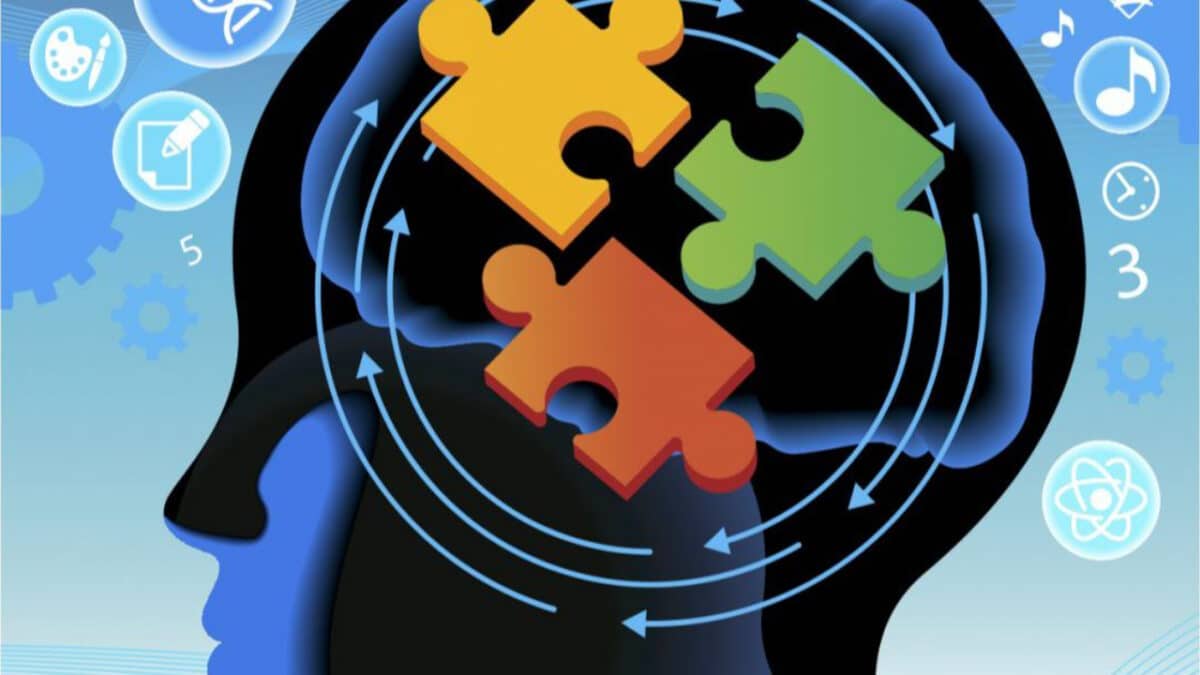The RBANS is a brief standardized screening tool to measure neuropsychological status in adults aged 20 to 89 that was introduced in 1998 by Christopher Randolph, Neuropsychologist.
It passed content and construct validity tests.
The test measures the following components:
- Immediate memory: This index is a measure of initial encoding and learning of complex and simple verbal information. Low scores indicate difficulties with verbal learning.
- Visuospatial/constructional: This index is a measure of basic visuospatial perception and the ability to copy a design from a model. Low scores indicate difficulties with processing and using visuospatial information.
- Attention: This index is a measure of simple auditory registration and visual scanning and processing speed. Low scores indicate difficulties with basic attention processes and speed of information processing.
- Language: This index is a measure of expressive language functioning. Low scores indicate difficulties with fluent use of language, including expressive and receptive language.
- Delayed Memory: This index is a measure of delayed recall and recognition for verbal and visual information. Low scores indicate difficulties with recognition and retrieval of information from long-term memory stores.
It is comprised of 12 subtests that takes approximately 30 minutes to administer.
The RBANS is used for a number of reasons including:
- Screening in acute care setting. Often therapists have a limited amount of time to assess patients who have experienced a stroke, head injury or anoxia. It is an ideal test at this time in order to identify significant impairments in a short period of time.
- To track recovery during rehabilitation. Alternate forms are available for evaluating progression or improvement of neuropsychological symptoms. This is important in order to eliminate content practice effects. These alternate forms, which other short cognitive tools such as the MoCA do not have, allow the therapist and client to objectively measure the changes in cognition over time.
- To track progression in degenerative diseases, such as dementia.
- Neuropsychological screening for clinicians that are not Neuropsychologists. The results of the RBANS, may be part of the decision to refer to a Neuropsychologist for further testing.
The normative information presented is based on a representative standardization sample of the US adult population, aged 20 to 89 years old. The standardization sample included 540 adults. The normative reference group is based on age-equivalent peer groups.
The RBANS index scores are converted to classifications including Very Superior, Superior, High Average, Average, Low Average, Borderline and Extremely Low.
Let’s go through an example of when the RBANS might be used. A 23 year-old male university student currently studying to be an accountant, was involved in a head on motor vehicle collision. He could not recall if he lost consciousness. He was transferred to the hospital where he felt dizzy, confused and had a headache. He was discharged home with instructions to follow up with his family physician if symptoms continued.
His symptoms continued over the next week and he began having trouble concentrating and studying for his exams. He failed his math exam, which used to be his best subject in school. He proceeded to his university health centre. The doctor completed the RBANS, where his scores were as follows:
- Immediate memory – Average
- Visuospatial/constructional – High average
- Language – Average
- Attention – Low Average
- Delayed Memory – Low Average
He scored below average in attention and delayed memory, which are the most common neurocognitive sequelae following traumatic brain injury. With his education level, it is expected that he score above average in all indices.
Following the results of this testing, he was referred for a full Neuropsychological test where he was diagnosed with a head injury. He was also referred to proper treatment providers such as the Occupational Therapist.
If you would like more information about the RBANS, please visit our website at www.gla-rehab.com.

